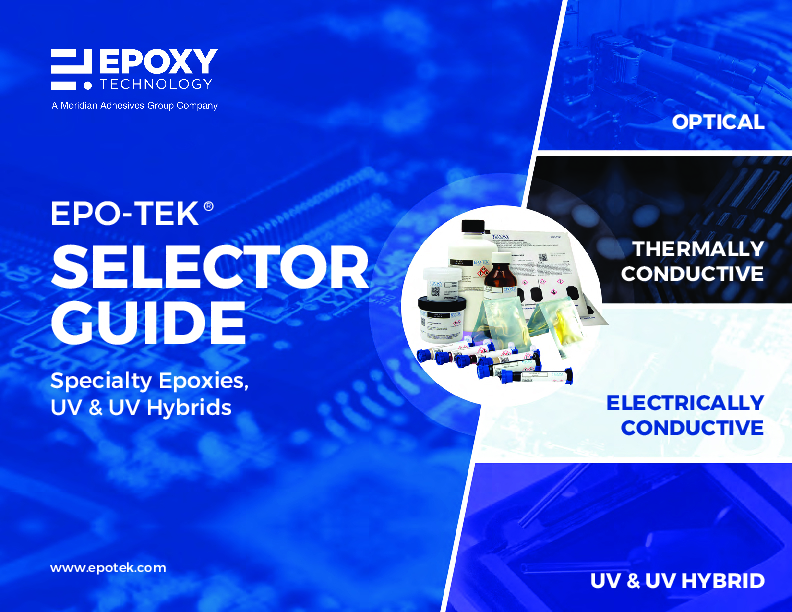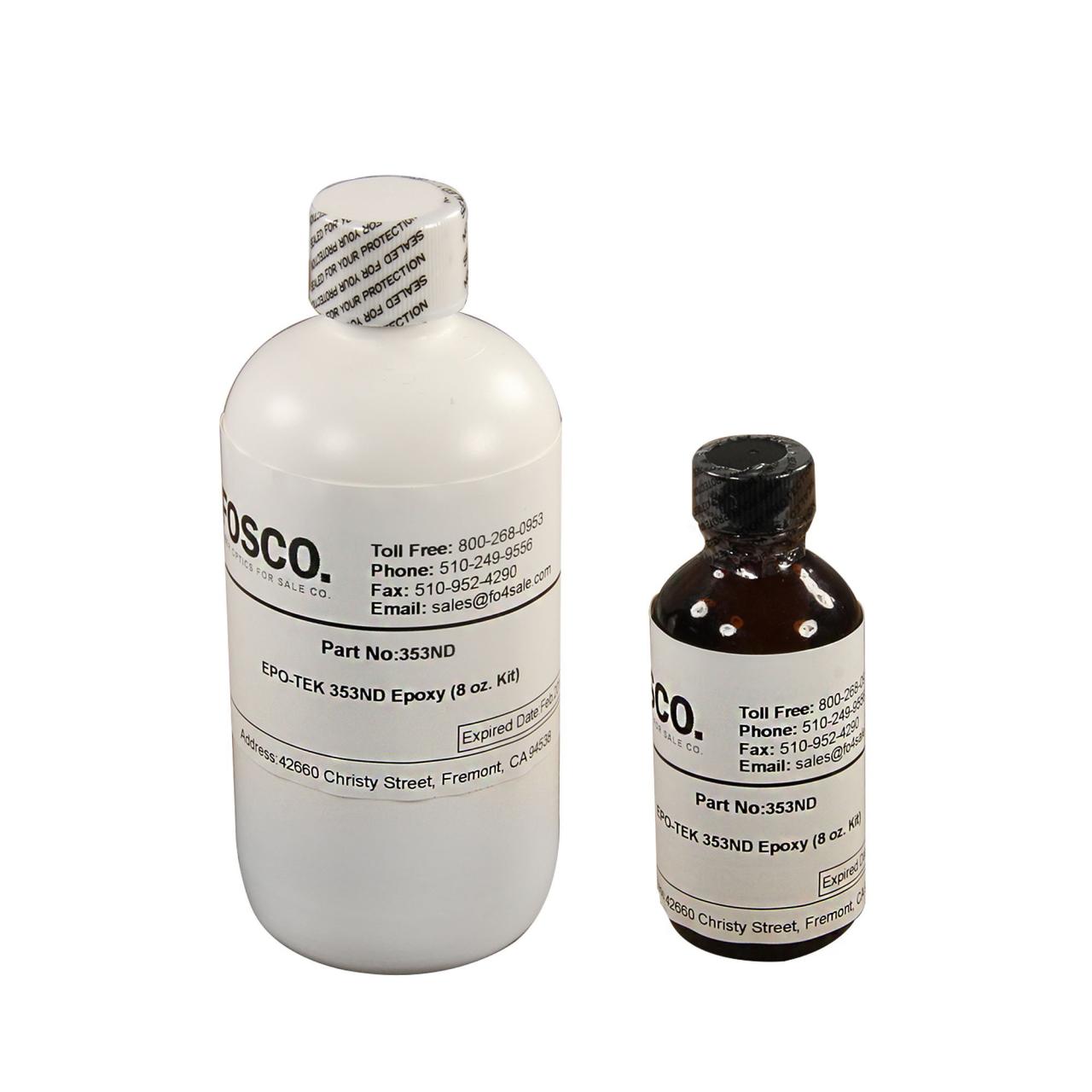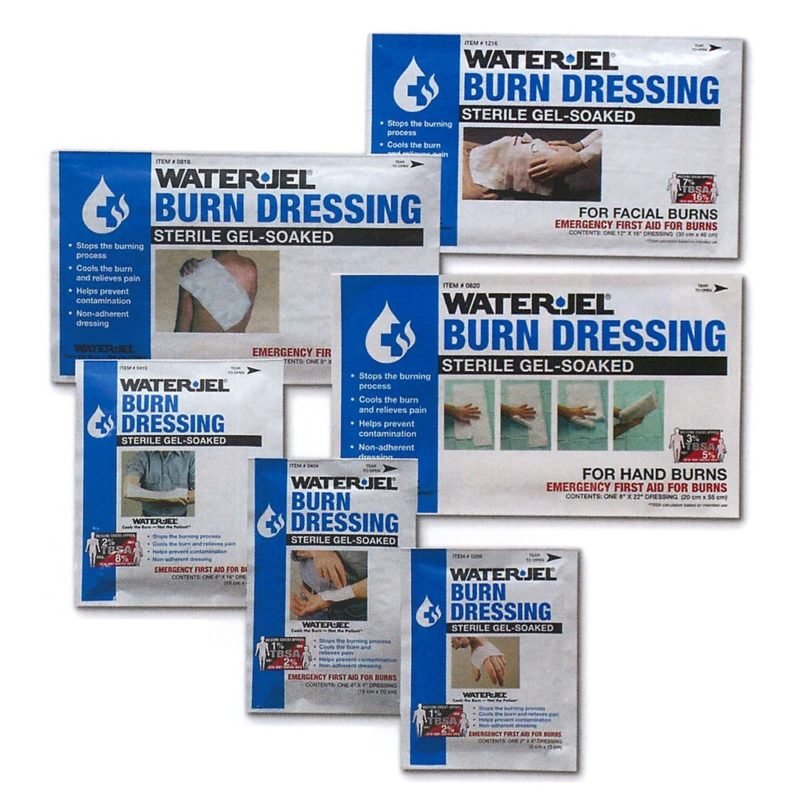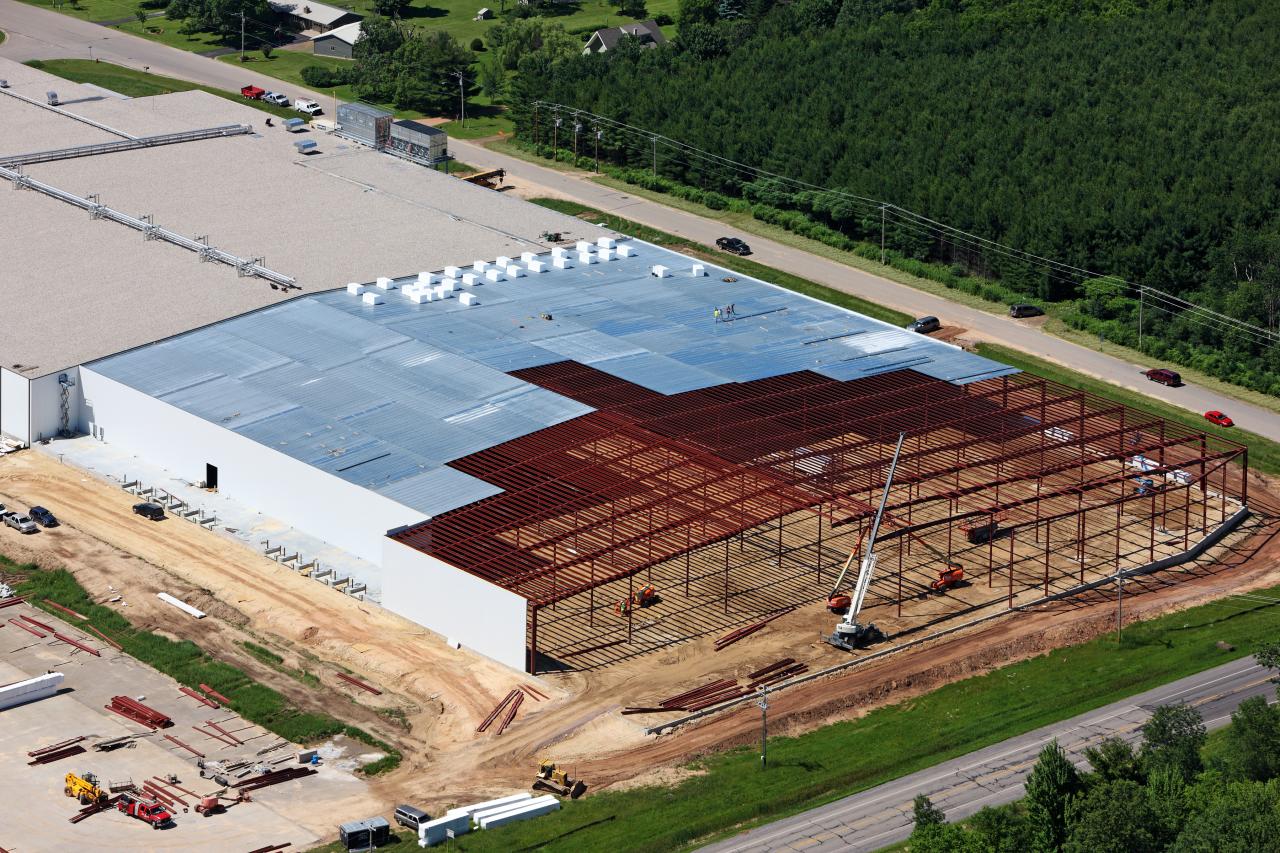Sealant Technologies: Protecting and Advancing Industries
Sealant technologies play a crucial role in safeguarding and enhancing various industries. From construction and automotive to aerospace and electronics, these specialized materials create robust barriers against environmental elements and […]

Sealant technologies play a crucial role in safeguarding and enhancing various industries. From construction and automotive to aerospace and electronics, these specialized materials create robust barriers against environmental elements and wear and tear. Their evolution, driven by innovation and changing demands, has led to a diverse range of sealants, each tailored for specific applications.
This exploration delves into the fascinating world of sealant technologies, covering their history, properties, types, applications, and future directions. We will examine how these versatile materials contribute to the performance, longevity, and safety of countless products and structures.
Types of Sealant Technologies
Sealants are essential components in various industries, playing a crucial role in protecting structures and materials from environmental elements and preventing leaks. These materials come in various forms, each with unique properties and applications. Understanding the different types of sealant technologies is crucial for choosing the right product for a specific need.
Silicone Sealants
Silicone sealants are widely used due to their versatility and excellent performance in various applications. These sealants are based on polymers derived from silicon and oxygen, forming a flexible and durable seal.
- Advantages:
- Excellent resistance to moisture, UV rays, and temperature extremes.
- High flexibility and elasticity, allowing them to accommodate movement and expansion.
- Good adhesion to various surfaces, including glass, metal, and wood.
- Easy to apply and cure quickly.
- Disadvantages:
- Can be susceptible to certain solvents, such as oils and grease.
- May not be suitable for high-stress applications.
- Can be difficult to remove once cured.
- Examples:
- Ace Hardware Silicone Sealant: Commonly used for general sealing applications around windows, doors, and sinks.
- GE Silicone II Kitchen & Bath Sealant: Specifically designed for use in kitchens and bathrooms, offering mold and mildew resistance.
- Dow Corning 732 Sealant: A high-performance silicone sealant suitable for demanding applications, such as automotive and aerospace industries.
Polyurethane Sealants, Sealant technologies
Polyurethane sealants are known for their strong adhesion, durability, and flexibility. They are based on polymers formed from the reaction of polyols and isocyanates, creating a robust and versatile sealant.
- Advantages:
- Excellent adhesion to a wide range of substrates, including concrete, metal, and wood.
- High strength and durability, making them suitable for high-stress applications.
- Good resistance to moisture, chemicals, and UV rays.
- Can be formulated for various curing speeds and flexibilities.
- Disadvantages:
- Can be more expensive than other sealant types.
- May require more careful application to avoid messy results.
- Can be susceptible to moisture during the curing process.
- Examples:
- Loctite Polyurethane Sealant: A general-purpose sealant for construction, automotive, and marine applications.
- 3M 08690 Polyurethane Sealant: Designed for sealing expansion joints in concrete and other structures.
- SikaFlex-11 FC: A high-performance polyurethane sealant for demanding applications, such as bridges and buildings.
Acrylic Sealants
Acrylic sealants are water-based sealants known for their ease of application and affordability. They are based on acrylic polymers, offering good flexibility and adhesion.
- Advantages:
- Easy to apply and clean up, as they are water-based.
- Relatively inexpensive compared to other sealant types.
- Good adhesion to various surfaces, including wood, metal, and painted surfaces.
- Low odor and VOC emissions, making them suitable for indoor use.
- Disadvantages:
- Lower strength and durability compared to silicone or polyurethane sealants.
- Less resistant to moisture, UV rays, and temperature extremes.
- May not be suitable for high-stress applications.
- Examples:
- DAP Alex Plus Acrylic Latex Sealant: A general-purpose sealant for interior and exterior applications, including windows, doors, and trim.
- GE Silicone II Acrylic Latex Sealant: A paintable sealant designed for use in kitchens and bathrooms, offering mold and mildew resistance.
- 3M 08588 Acrylic Sealant: A high-performance acrylic sealant suitable for sealing expansion joints in concrete and other structures.
Epoxy Sealants
Epoxy sealants are two-part sealants known for their exceptional strength and durability. They are based on epoxy resins and hardeners, forming a rigid and durable seal.
- Advantages:
- Extremely strong and durable, making them suitable for high-stress applications.
- Excellent resistance to chemicals, moisture, and UV rays.
- Can be used for structural bonding and sealing.
- Disadvantages:
- Can be difficult to apply and require precise mixing of the two parts.
- Limited flexibility, making them unsuitable for applications involving movement or expansion.
- Can be more expensive than other sealant types.
- Examples:
- J-B Weld Epoxy Sealant: A general-purpose epoxy sealant for bonding and sealing various materials.
- Devcon 2-Ton Epoxy: A high-strength epoxy sealant designed for structural bonding and repair.
- West System Epoxy: A marine-grade epoxy sealant used for boat building and repair.
Emerging Trends in Sealant Technologies

The field of sealant technologies is constantly evolving, driven by a growing demand for innovative solutions that address challenges in various industries. Emerging trends are shaping the future of sealants, focusing on enhanced performance, sustainability, and cost-effectiveness. These trends are pushing the boundaries of conventional sealant technologies, leading to the development of advanced materials and applications.
Nanotechnology in Sealants
Nanotechnology offers significant potential for improving the properties of sealants. The use of nanoparticles in sealant formulations can enhance adhesion, flexibility, durability, and resistance to environmental factors.
- Improved Adhesion: Nanoparticles can enhance the surface area of sealants, leading to stronger bonds with substrates. This is particularly beneficial in applications where high adhesion is crucial, such as in construction and automotive industries.
- Enhanced Flexibility: Incorporation of nanoparticles can improve the flexibility of sealants, allowing them to withstand movement and vibration without cracking or losing their sealing properties. This is essential for applications involving dynamic structures, such as bridges and aircraft.
- Increased Durability: Nanoparticles can enhance the resistance of sealants to UV radiation, chemicals, and temperature extremes. This extends the lifespan of sealants and reduces the need for frequent maintenance.
- Self-Healing Properties: Some nanoparticles can impart self-healing capabilities to sealants. When a crack or tear occurs, these nanoparticles can migrate to the damaged area and seal it, restoring the sealant’s integrity.
Bio-Based Sealants
Bio-based sealants are derived from renewable resources, such as plants and microorganisms. They offer a sustainable alternative to traditional petroleum-based sealants, reducing reliance on fossil fuels and minimizing environmental impact.
- Reduced Carbon Footprint: Bio-based sealants have a lower carbon footprint compared to their petroleum-based counterparts, contributing to a more sustainable construction and manufacturing industry.
- Renewable Resources: Using renewable resources for sealant production reduces dependence on finite fossil fuels, promoting a circular economy and sustainable development.
- Biodegradability: Some bio-based sealants are biodegradable, reducing the environmental impact of sealant waste and promoting a more sustainable waste management system.
Self-Healing Sealants
Self-healing sealants possess the ability to repair themselves after damage, extending their lifespan and reducing maintenance requirements. This technology has the potential to revolutionize sealant applications in various industries.
- Extended Service Life: Self-healing sealants can significantly extend the service life of structures and components, reducing the need for costly repairs and replacements.
- Improved Safety and Reliability: The ability of self-healing sealants to repair themselves enhances the safety and reliability of critical structures, such as bridges, pipelines, and aircraft.
- Reduced Maintenance Costs: Self-healing capabilities minimize the need for frequent maintenance, leading to significant cost savings over the lifetime of the sealant.
Final Review
As we look toward the future, sealant technologies are poised for continued advancements. With a focus on sustainability, performance enhancement, and smart materials, the industry is actively developing solutions to address evolving challenges and create a more resilient and efficient world. The innovative sealants of tomorrow will not only protect and preserve but also contribute to a more sustainable and interconnected future.
Sealant technologies have advanced significantly, offering solutions for various applications. From kitchens to dining areas, these technologies play a crucial role in maintaining hygiene and durability. For restaurants seeking to optimize their operations, a restaurant technology consultant can provide valuable insights on implementing the most effective sealant solutions for their specific needs.
By integrating these technologies, restaurants can create a seamless and efficient environment that enhances both customer experience and operational efficiency.










